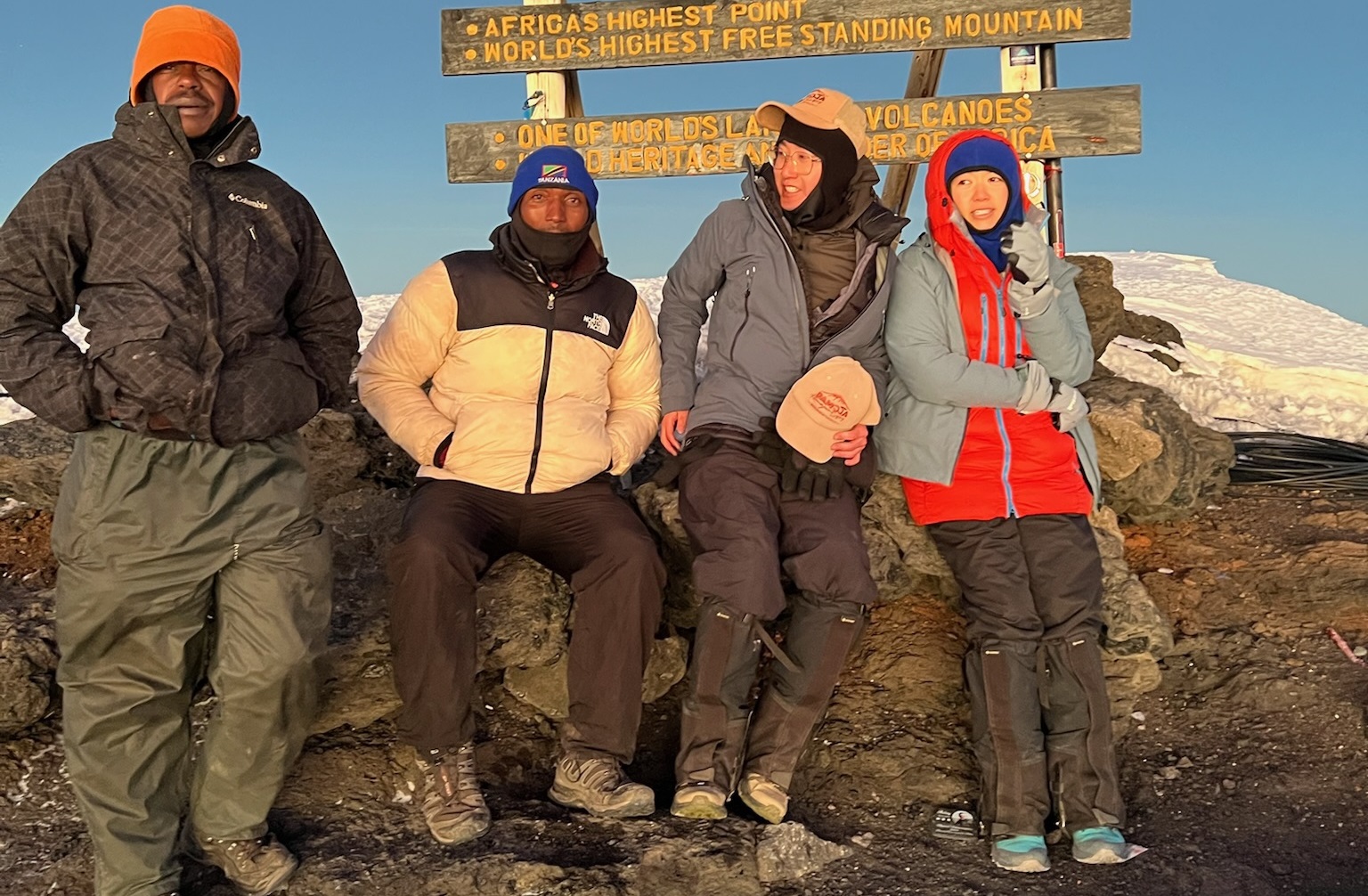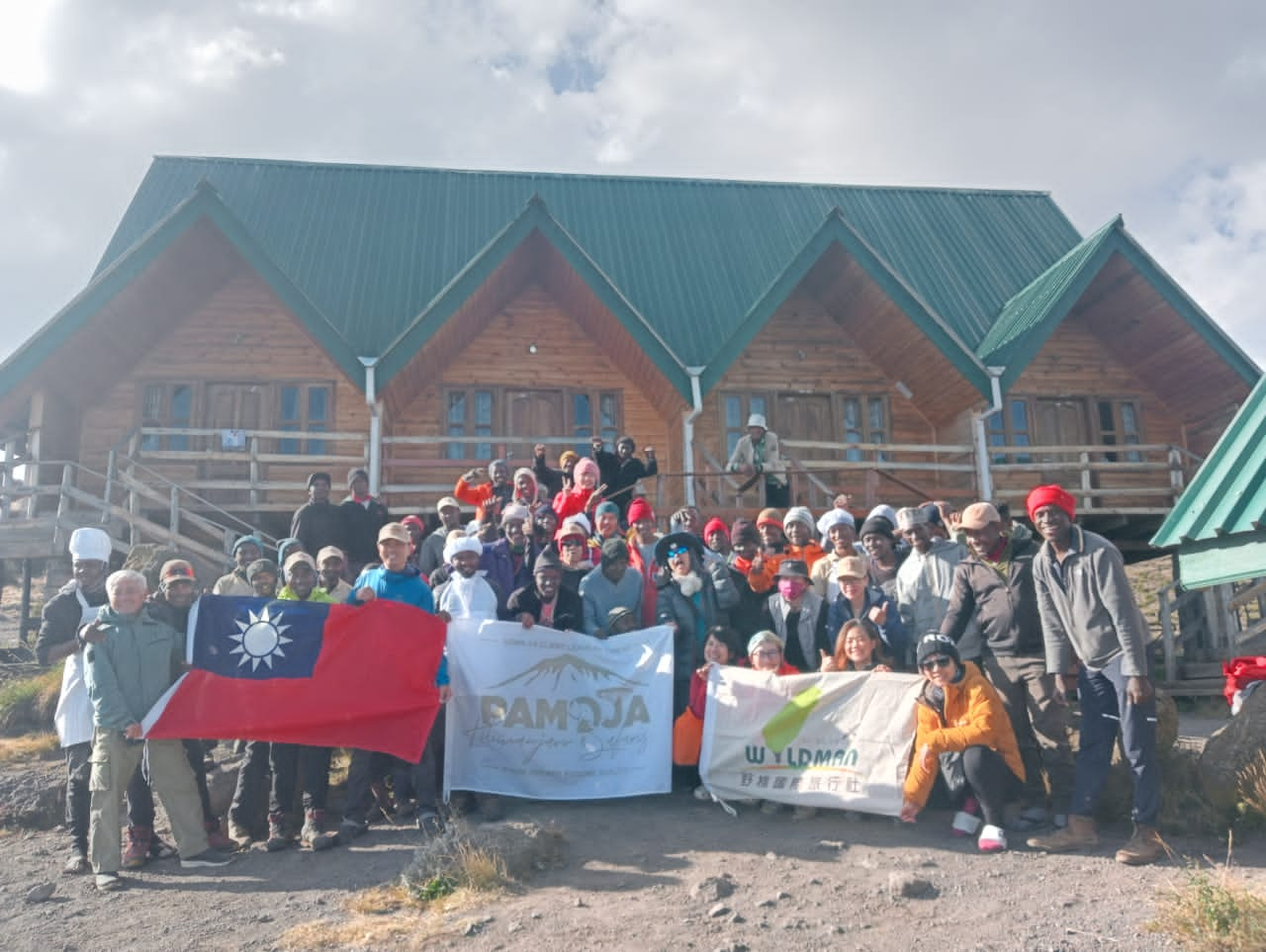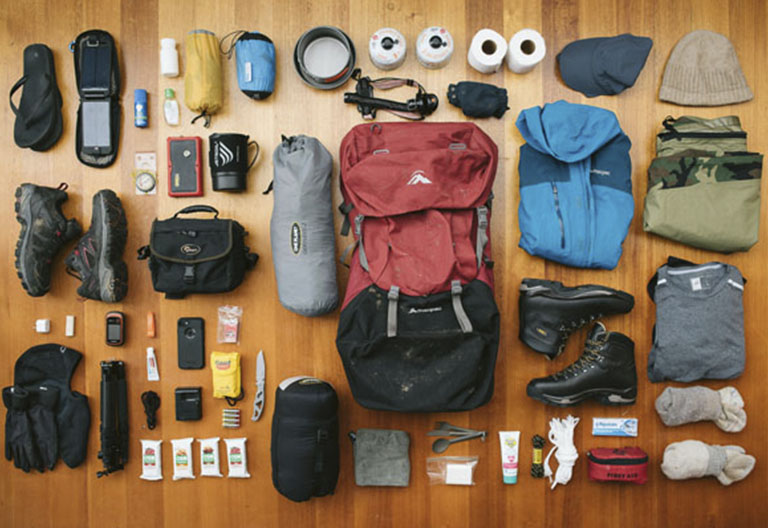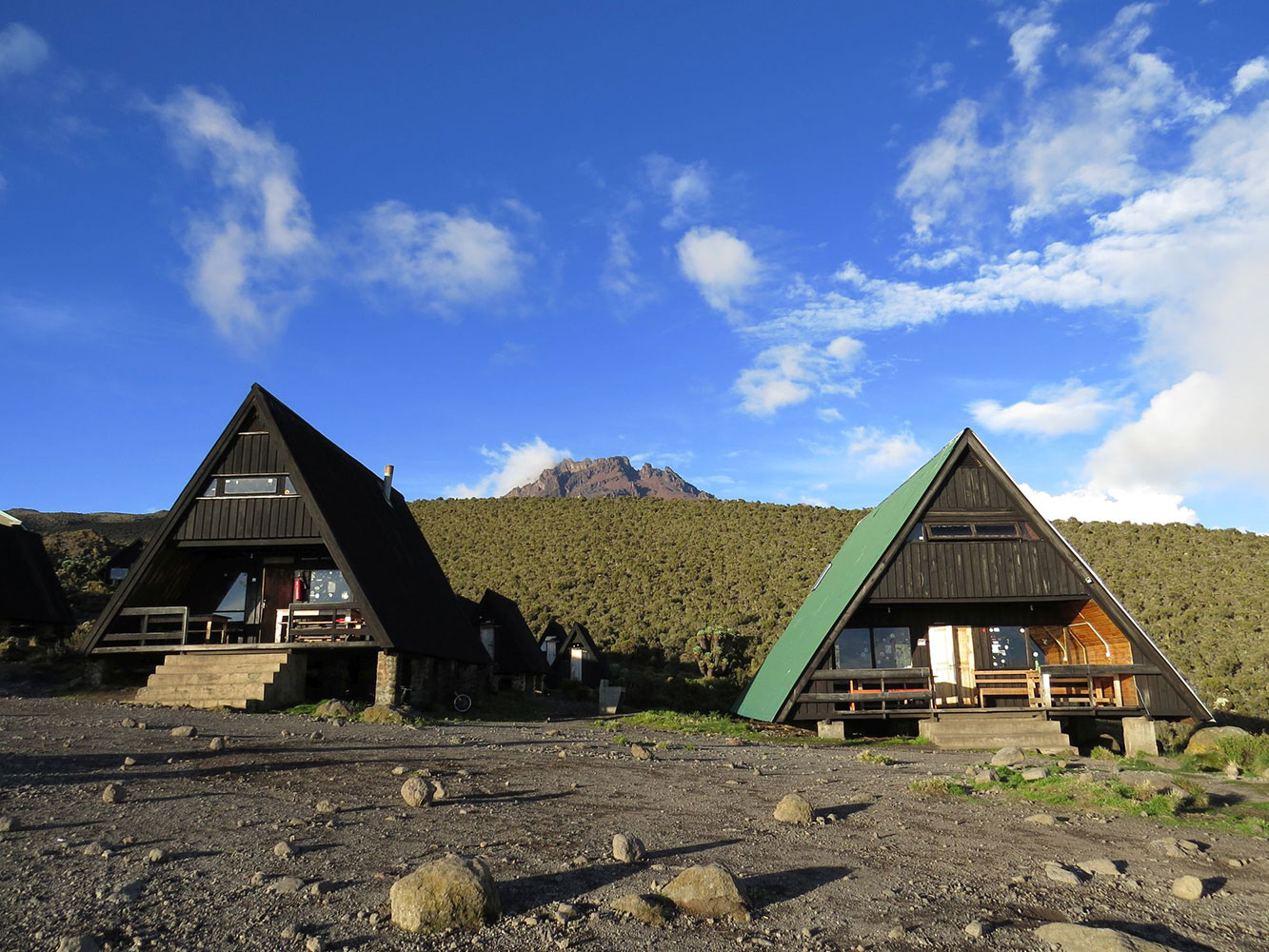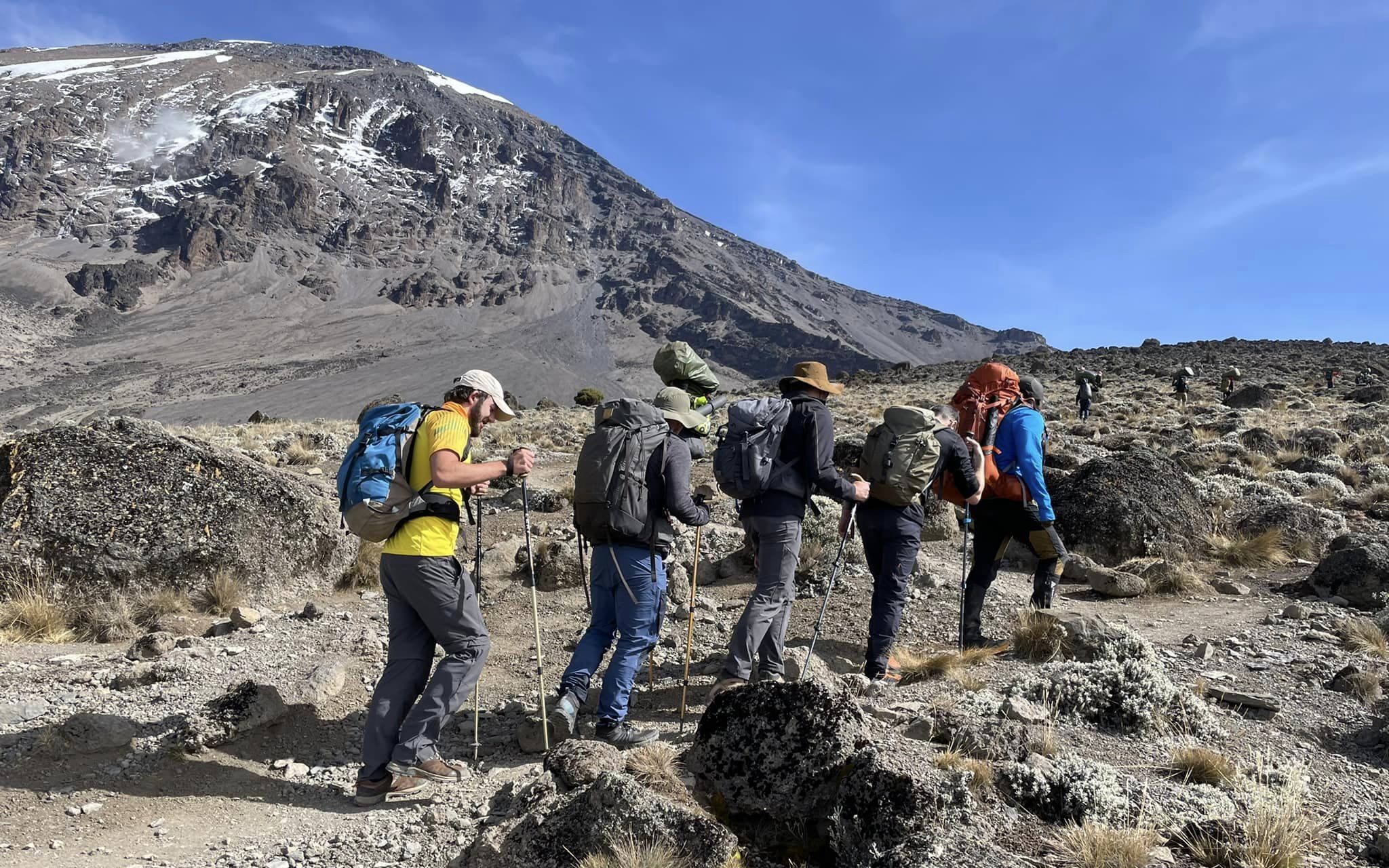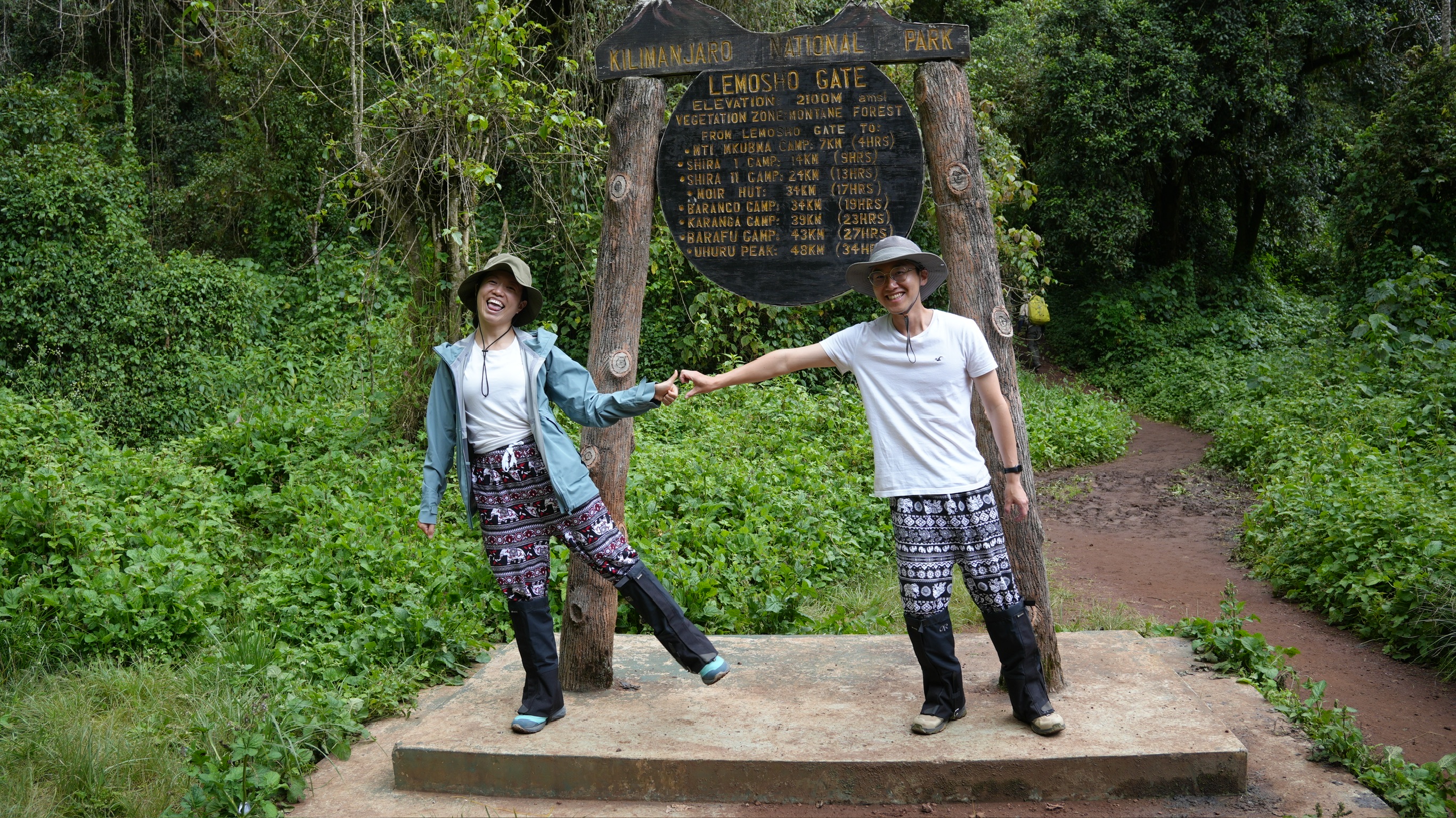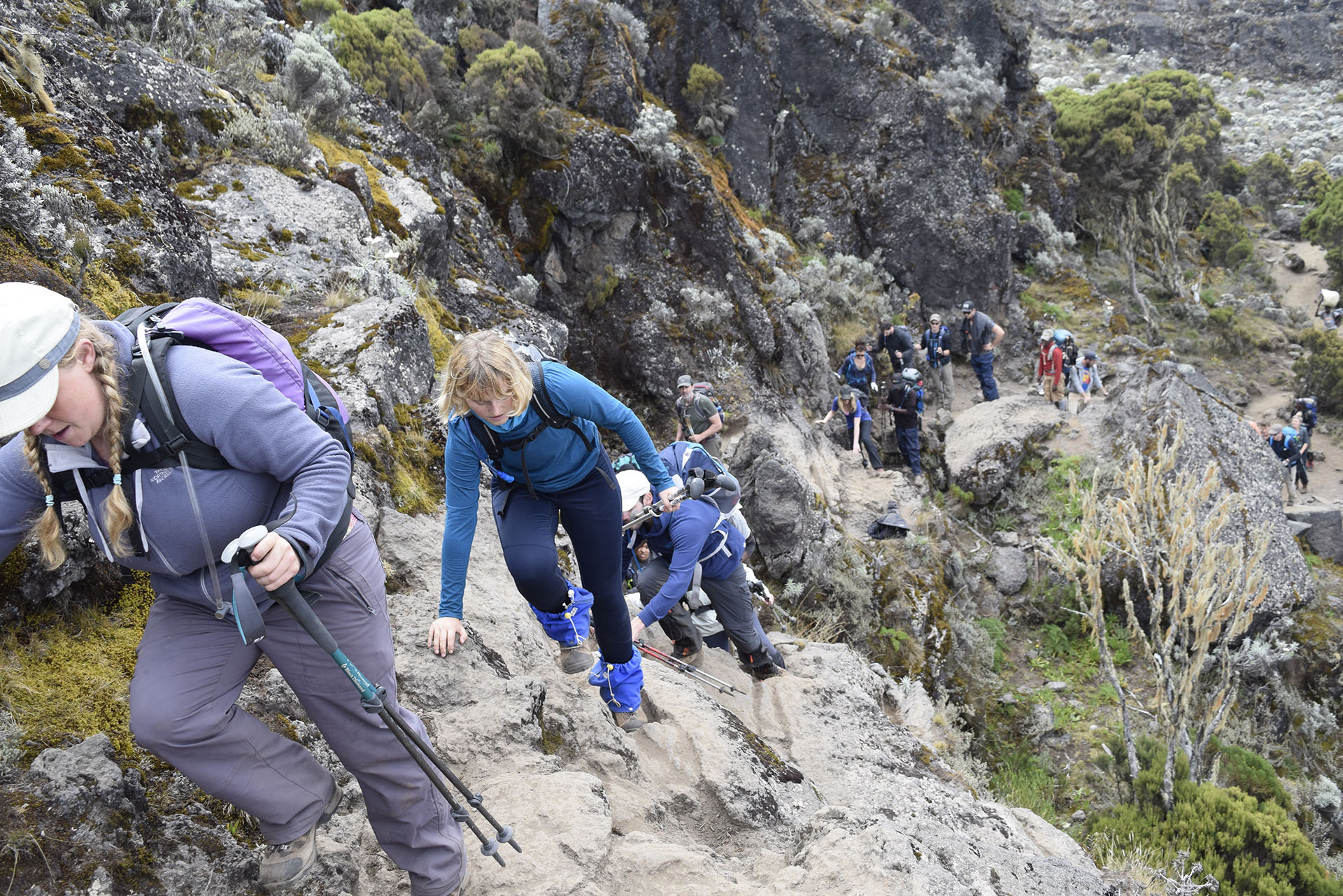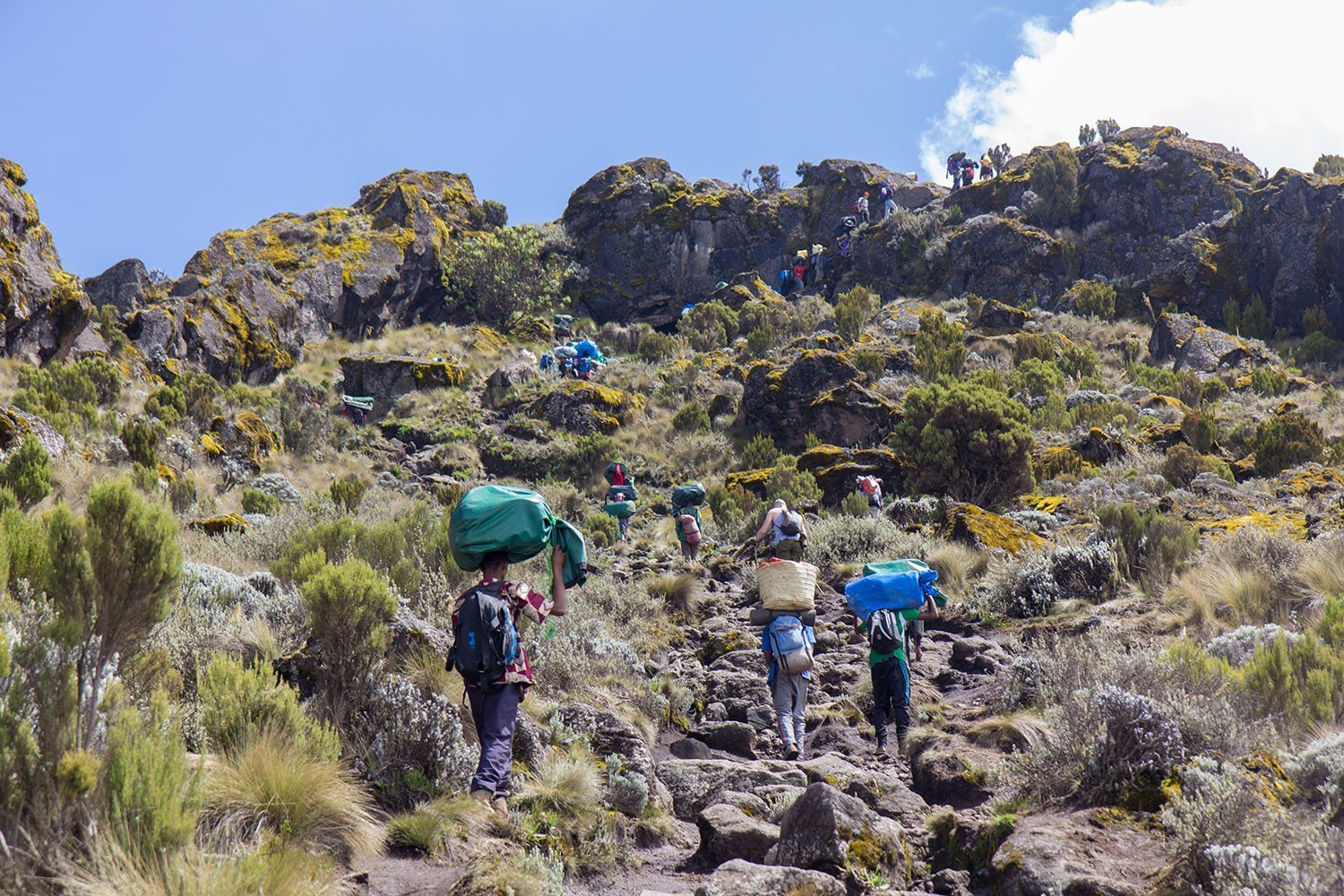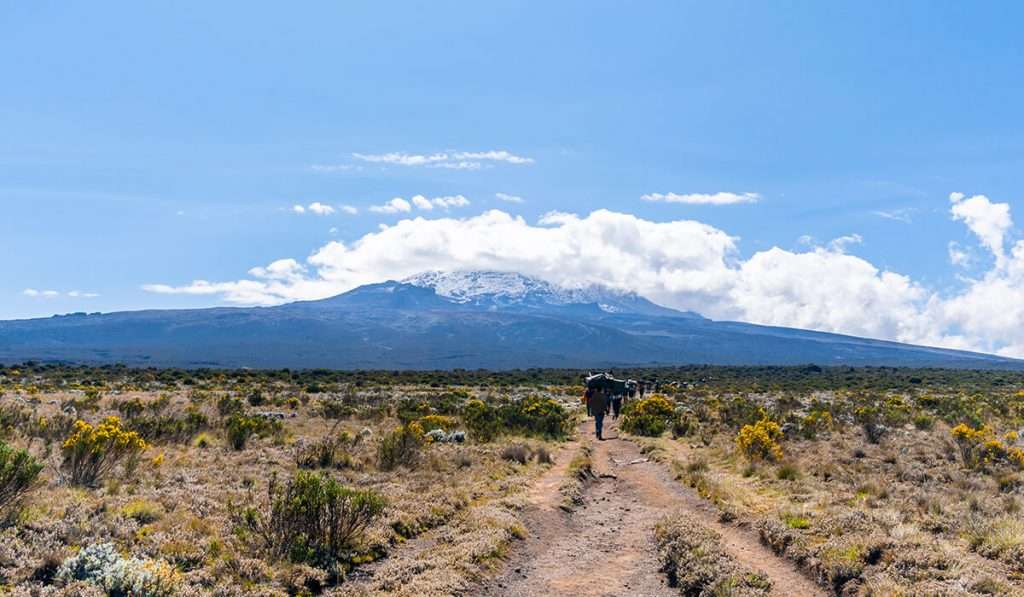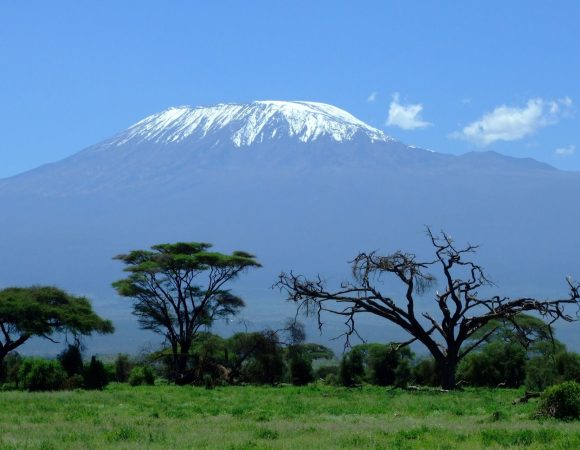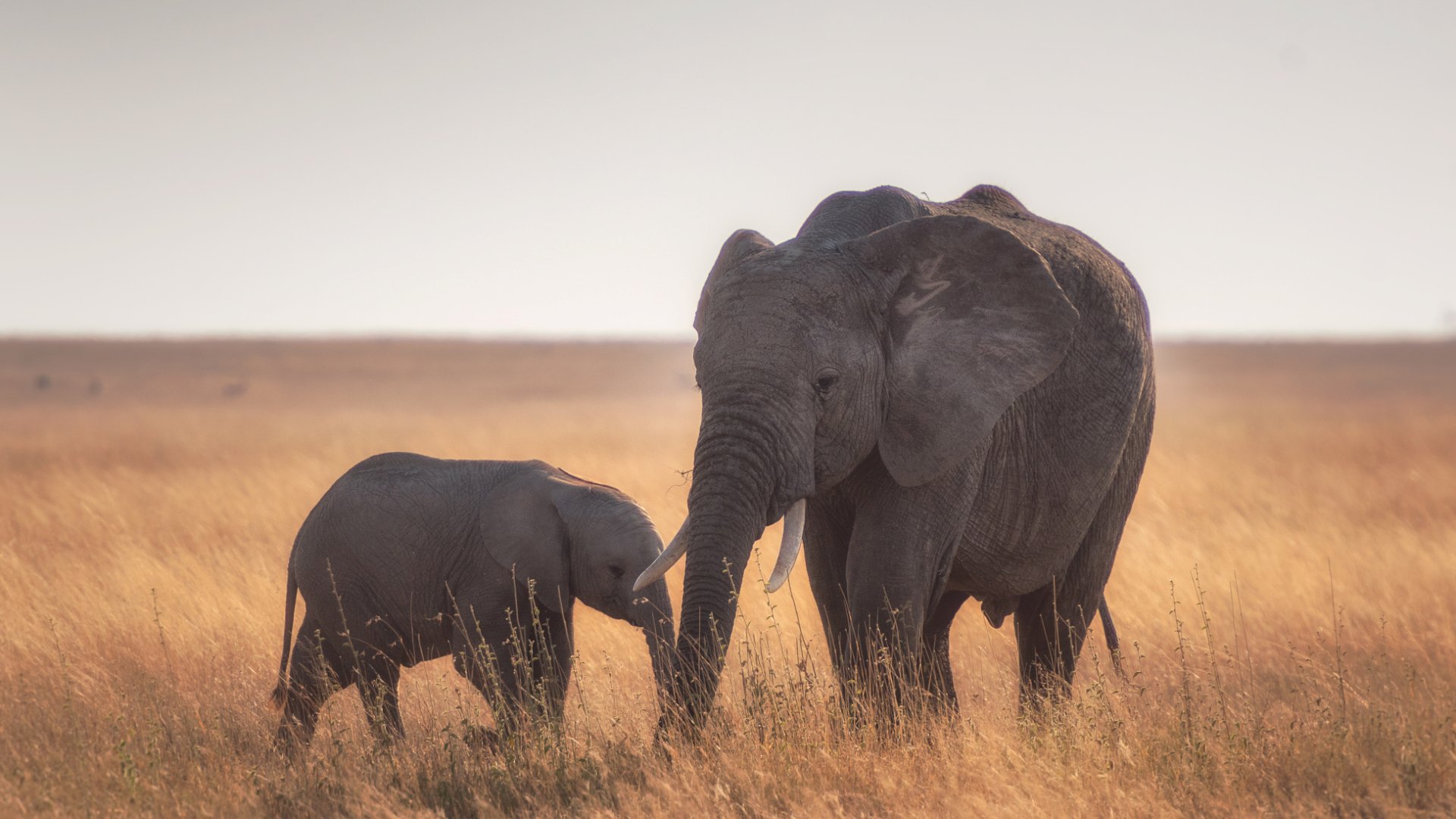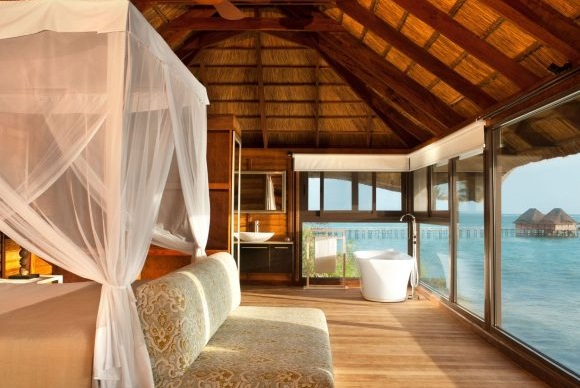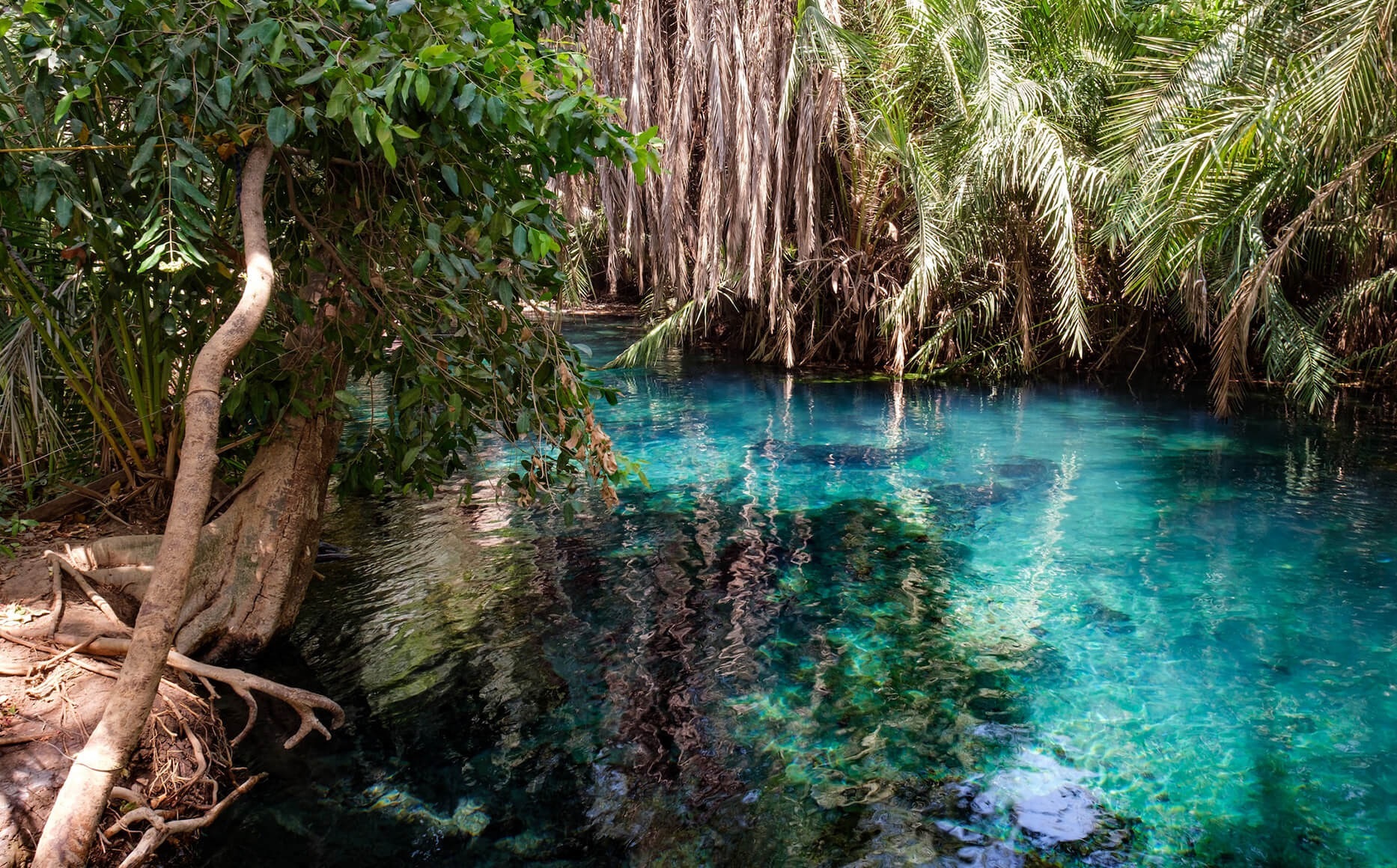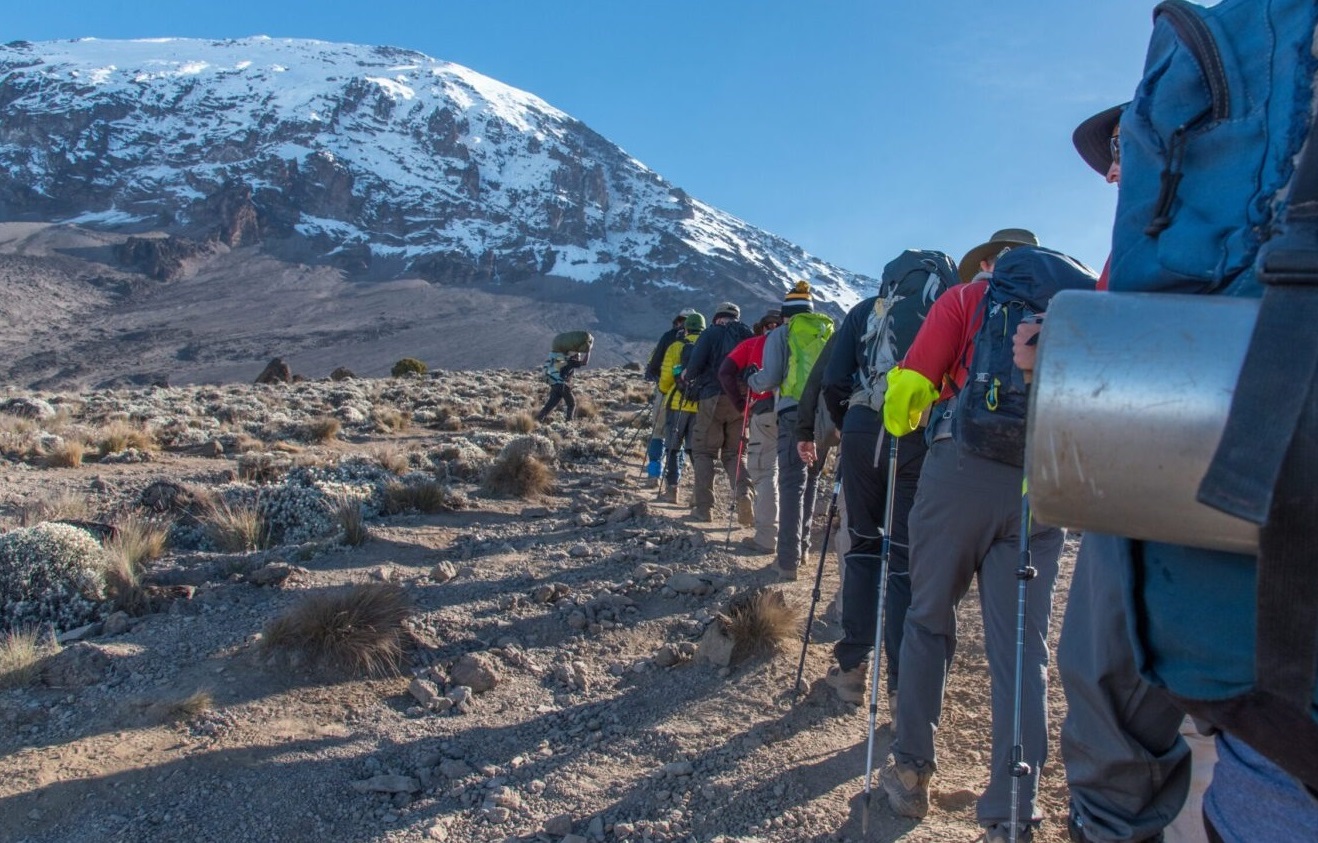
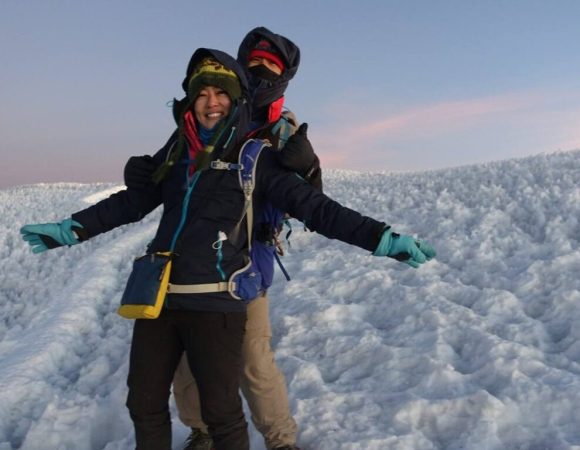
Altitude Sickness on Kilimanjaro: Symptoms, Prevention, and Treatment
At Pamoja Kilimanjaro & Safari, your health and safety are our top priorities, especially when it comes to altitude sickness. Understanding and managing altitude sickness is essential for ensuring a safe and enjoyable climb. Below, we outline what altitude sickness is, its symptoms, how we help prevent and manage it, and the treatments available to you during your trek.
What is Altitude Sickness?
Altitude sickness, or Acute Mountain Sickness (AMS), occurs when you ascend to high altitudes too quickly, and your body is unable to adjust to the reduced oxygen levels. It’s important to recognize and address AMS early to avoid complications. In more severe cases, altitude sickness can develop into High Altitude Pulmonary Edema (HAPE) or High Altitude Cerebral Edema (HACE), both of which are life-threatening conditions.
Symptoms of Altitude Sickness (AMS)
Symptoms of AMS usually appear within 6 to 12 hours after arriving at high altitude and can vary in severity. Common symptoms of AMS include:
➢ Headache
➢ Nausea and vomiting
➢ Dizziness
➢ Loss of appetite
➢ Fatigue or weakness
➢ Difficulty sleeping
➢ Swelling of the face or hands
More severe symptoms may include:
➢ Shortness of breath (even at rest)
➢ Confusion or disorientation
➢ Inability to walk or stand unaided
➢ Severe headache or vomiting that doesn't improve
➢ Loss of coordination (ataxia)
If you experience these more severe symptoms, immediate action must be taken.
How We Help to Prevent and Manage Altitude Sickness
At Pamoja Kilimanjaro & Safari, we are committed to reducing the effects of altitude sickness and ensuring your safety during the trek. Here's how we manage altitude sickness:
1. Medical Monitoring:
➢ Pulse Oximeter Checks: We check your oxygen saturation levels at least twice daily using a pulse oximeter.
➢ Lung Fluid Checks: Our trained guides use a stethoscope to listen for fluid accumulation in your lungs, a sign of HAPE.
➢ Health Log: We maintain a detailed log of your health, tracking any changes, and we conduct regular check-ins after breakfast and dinner to monitor for AMS symptoms.
2. Acclimatization and Pace Adjustment:
➢ We encourage you to listen to your body and be patient. If you experience mild AMS symptoms, we will slow the pace of the trek, ensure you’re drinking enough fluids, and encourage you to eat more to aid acclimatization.
3. Rest Days:
➢ We build in strategic rest days to allow your body to adjust to the altitude.
How We Address Altitude Sickness Symptoms
If mild AMS symptoms appear, we will:
➢ Slow down the pace of the trek
➢ Encourage you to drink more water and eat nutritious food
➢ Ensure you are resting enough to help with acclimatization
For more severe forms of altitude sickness, such as HAPE or HACE, descent is the only effective treatment. Immediate descent to a lower altitude is critical in these cases. Our guides are trained to make these decisions quickly and safely.
Medications and Treatment Options
To help manage altitude sickness symptoms, we carry a range of medications:
➢ Diamox (acetazolamide): A medication commonly used to prevent and treat mild AMS symptoms.
➢ Dexamethasone (Decadron): A steroid used for more severe symptoms like HACE and HAPE. If this medication is used, we will prepare for a descent as the condition could worsen if you continue ascending.
➢ Oxygen: Supplemental oxygen can help with breathing at higher altitudes, particularly for those experiencing more severe symptoms.
➢ Gamow Bag: This is a portable pressure chamber that helps simulate a descent and can buy time until further descent is possible.
Emergency Situations
In extreme cases, when descent is not possible on foot, we may arrange for evacuation by helicopter or snowmobile to ensure the safety of the affected individual. During this process, it is important to minimize exertion to avoid worsening the condition.
Our Commitment to Your Safety
At Pamoja Kilimanjaro & Safari, we understand the challenges of high-altitude trekking, and we are here to support you every step of the way. Our trained medical guides are equipped with the knowledge and tools to monitor your health, provide immediate care, and ensure your safety while you enjoy the adventure of a lifetime on Mount Kilimanjaro. If you have any concerns or questions about altitude sickness, please don’t hesitate to reach out to us before your trip.
Your well-being is our priority, and we are dedicated to making your climb safe, enjoyable, and successful!
More Kilimanjaro Information

